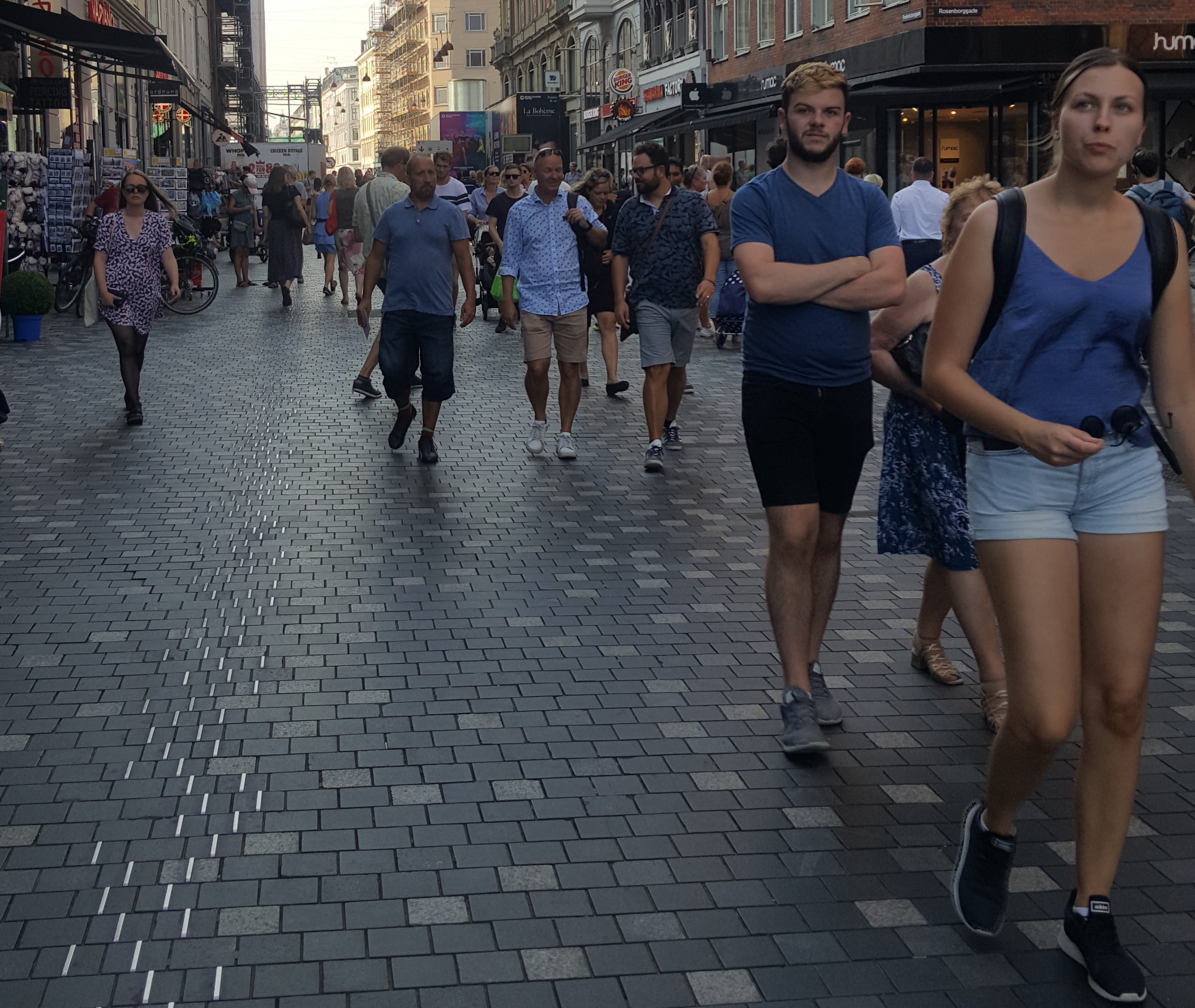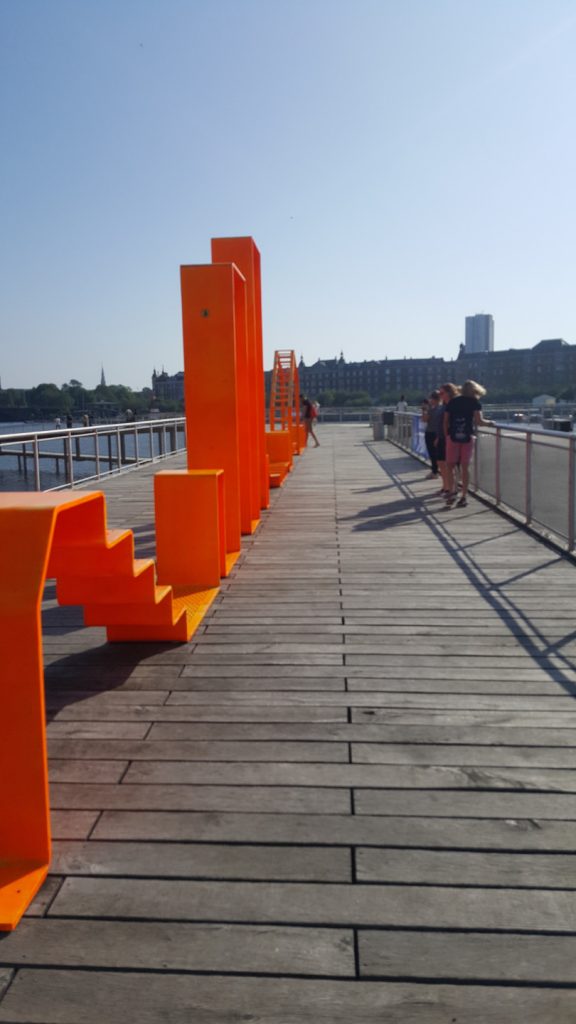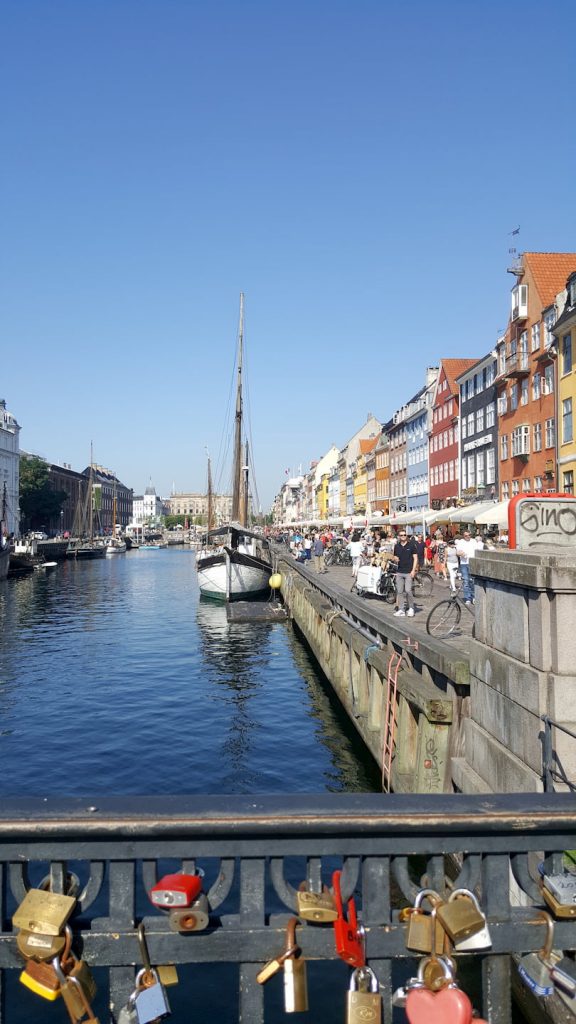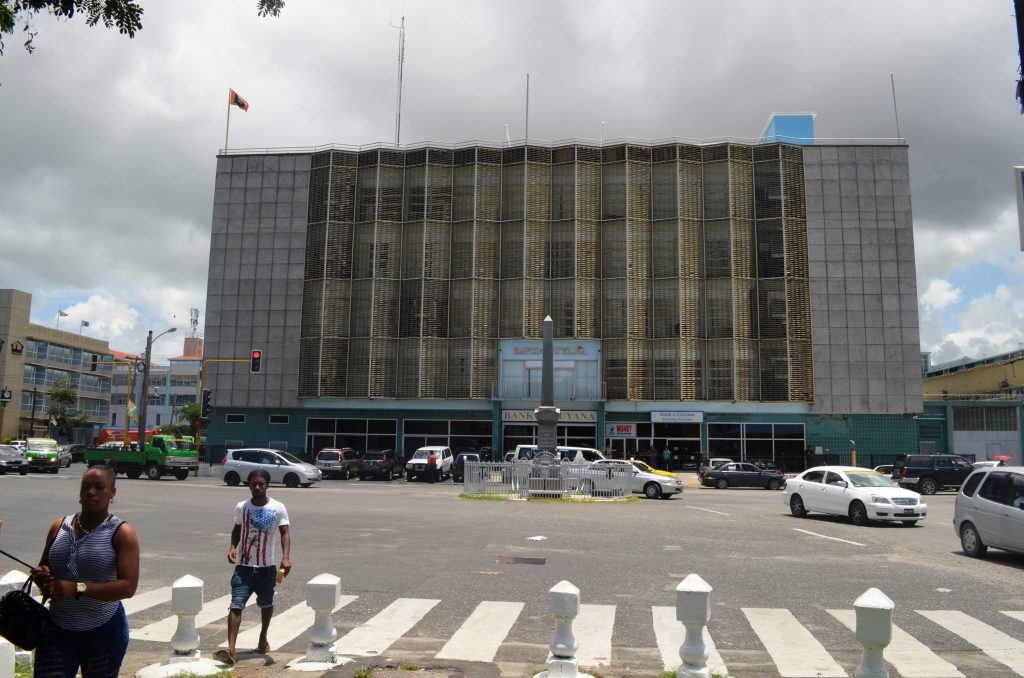It was an absolute pleasure to walk the streets of Copenhagen, Denmark, in August last year. This pedestrian-oriented city was obvious within the first 30 minutes of landing at the airport.
Our host at the University of Aalborg advised us to take the train, which was within a 10-minute walk from the airport terminal. The 20-minute train ride took us to Kobenhaven Central Station, and the hotel was a 10-minute walk from the train station.
My colleague and I from the University of Technology, Jamaica, were invited to participate in a European Union-funded project under the Erasmus + Programme. The project included 15 universities from the Caribbean, South America, and Europe that were involved in demonstrating the benefits of “student-centred learning” – a pedagogical approach – which is at the epicentre of Aalborg’s education and training. The project focuses on using problem-based learning (PBL) to support the development of sustainable and resilient cities of the Caribbean.
We arrived a day before the scheduled workshop, and to avoid being jetlagged, my colleagues and I immediately took to the streets to discover the city. As an urban planner, I always encourage my students to know their city and I practice what I teach. The best way to know a city is walking the streets and observing the interaction of the residents. Map in hand, I headed to the waterfront. Introductory geography tells us that most cities developed along major bodies of water and an indicator of a city’s sustainability is the value it places on the waterfront. Copenhagen’s waterfront is the epitome of sustainability.
Truthfully, urban planners see Copenhagen as a laboratory for some of the best planning practices, particularly those associated with pedestrianised streets or walkable cities. In 1962, municipal leaders and city planners in Copenhagen banned all car traffic from the Stroget, or the city centre. Forward-thinking urban planners during the 1960s were mindful of the need to create pedestrian areas in order to control the flow of traffic and associated noise and air pollution; conserve the architecture, inclusive of the design and layout of the city; beautification of the environment; and creating spaces for meaningful social interaction (Hass-Klau 2014).
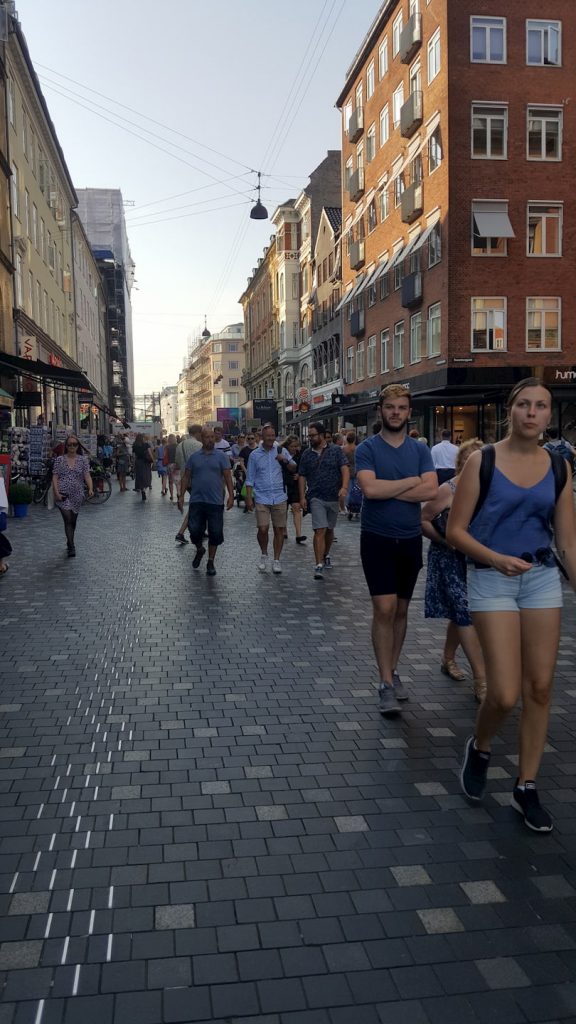
Pedestrianising Copenhagen was not without protest. Lemberg (1990) noted that the idea of converting the streets solely for pedestrian use brought an onslaught of outrage. The business owners along these streets protested that this would result in a decline in their customer base and their profit margin. The police and traffic engineers argued that the parallel streets were too narrow to accommodate the displaced traffic. The public transport companies objected that they would lose passengers by running on secondary streets. In the end, business owners became supportive of removing cars from the inner streets of Copenhagen.
Similarly, developers, in their attempt to revitalise the waterfront, constructed buildings that limited the public access to the waterfront. This created a standoff in the 1990s among city officials, developers, and residents of Copenhagen. The buildings constructed at the time were mainly for commercial or office spaces. This rendered the area sterile after work hours, created an environment that was dreary, desolate and unsafe, and isolated the harbour from the inland neighbourhoods.
Thankfully, the residents were victorious and elected officials and city managers conceded that the city’s waterfront should be a public amenity. The citizens of Copenhagen were relentless in their demand for sustainable development. Subsequently, all development along the waterfront was required to have “public buy-in” before approval.
About 10 years ago, Copenhagen’s commitment to public participation was tested when a brewery attempted to construct a multimillion-dollar building that cut off certain sections of the waterfront. Again, the public won, and instead, the Realdania Foundation and the Danish Architecture Centre, designed by the world-famous Rem Koolhaas, were constructed to allow the public to use the facility in a variety of ways. Etched on the boardwalk near the site is the slogan ‘allekanbrugehavnen’ (everyone can use the harbour). The boardwalk links all the neighbourhoods facing the harbour and accommodates walkers/joggers, cyclists, wheelchairs, and landing for boats and water taxis. Entertainment venues along the waterfront represented all interests and incomes. Restaurants serving foods from around the world are located along the harbour.

Play area for children. 
Residents engaged in various activities along the Copenhagen waterfront. 
Food court along the waterfront with food from around the world.
While I was jogging along the Copenhagen waterfront, I reflected on the flaccid discourse on the development of downtown Kingston and Port Royal. Best practice, as apparent in Copenhagen, suggests that the development of a city’s waterfront must include the robust participation and plan for all citizens who occupy the city.
Several months ago, Kingston Mayor Delroy Williams indicated an interest and willingness to pedestrianise sections of downtown Kingston. In addition, the Government received World Bank funding to repair sections of Harbour Street as part of a disaster risk reduction project. This provides an ideal opportunity to link the pedestrianised initiative with the disaster reduction initiative by conducting detailed social and engineering studies, preparing models for vehicular and pedestrian flow in the general vicinity of Harbour Street, and getting the input of the citizens. The Kingston and St Andrew Municipal Corporation and the National Works Agency would be in a better position to identify areas of downtown to be pedestrianised, agree on ways to implement the necessary changes, based on empirical evidence, manage the flow of vehicles, and introduce other modes of transporting people throughout downtown Kingston.
The average Jamaican sees the car less as a utility and more as a status symbol – a means of demonstrating to the world that they have arrived. Alas! Riding a bicycle or ‘walk foot’ does not signal prosperity.
As is evident in Copenhagen, accommodating movement of all its citizens is critical in the redesign of any city. There are sections of Copenhagen where only buses are allowed access. In other sections, semi-permanent barriers are placed and clear signage is made to direct vehicles and people. As it relates to downtown Kingston, the city can employ low-tech solutions that also provide some local employment. For example, the city can employ security guards or municipal police at the entry points of pedestrianised streets.
In addition to the expansion of the public transport system, the city can collaborate with businesses to create multi-purpose parking lots, above or below ground, and shuttle visitors and residents to the pedestrianised sections of downtown Kingston. I am aware that the Urban Development Corporation (UDC) is advancing the construction of multi-storey parking facilities that were approved from as far back as 2014.
In a comprehensive analysis of factors affecting efficient design of pedestrianised areas of a city, the famous Scandinavian urban planner Jan Gehl, who played a significant role in influencing the redesign and management of cities in Europe, including Copenhagen, indicated that there are three levels of human activity to be considered when creating a pedestrian area. First, how much users of the public space are involved in necessary or compulsory activities, such as walking to work, shopping, or waiting for a bus. Second, how much users are involved in ‘optional’ activities. This includes strolling, sitting, or other passive activities. These activities are usually undertaken in areas that are most conducive and inviting. The third consideration are social activities, such as talking, people watching, and community events, which depend on the presence of other people.
Gehl concluded that the best-designed pedestrian areas of the city are those that successfully encourage the most optional and social activities. People using the pedestrian space feel safe, bolstered by the knowledge and experience that criminals who seek to disrupt civility and social order are swiftly dealt with by the force of the law, aided by closed-circuit television strategically located on street corners, and police personnel dispatched throughout the city.
There is potential to facilitate social activities to attract people to come and stay in the downtown Kingston area. I encourage persons to visit Victoria Pier, especially on a Sunday afternoon, to observe this. Unfortunately, the expansion of the building on the pier forces the average visitor to compete with the traffic on Ocean Boulevard. Furthermore, fear of being the next victim of crime without the wrongdoer being brought to justice; the irregular garbage collection; non-existence of clean and safe public toilets; and limited attention to the maintenance and management of downtown, in general, render the area uninviting for pedestrians.
Ayush Parajuli and Dorina Pojan (2018), writing on the pedestrianisation of cities, argued that political, institutional, and social barriers are more significant than technical and financial hindrances. They also point out that the dominant car culture is responsible for the general lack of commitment to pedestrianising the city. This manifests in concerns for enforcement and overall maintenance of the area.
Jan Gehl and many other urban planners from Europe or elsewhere have been successful in influencing the creation of liveable spaces in cities that support residents’ well-being, heightening social interaction, and improving civility. Unfortunately, we in Jamaica may never realise these characteristics of sustainable, inclusive, safe and resilient cities because of our heavy reliance on the automobile. The average Jamaican sees the car less as a utility and more as a status symbol – a means of demonstrating to the world that they have arrived. Alas! Riding a bicycle or ‘walk foot’ does not signal prosperity.
Carol Archer is an associate professor in urban and regional planning at the University of Technology, Jamaica.
Viewpoints is committed to expanding its range of opinions and commentary. Share your views about this or any of our articles. Email feedback to viewpoints@gleanerjm.com.
